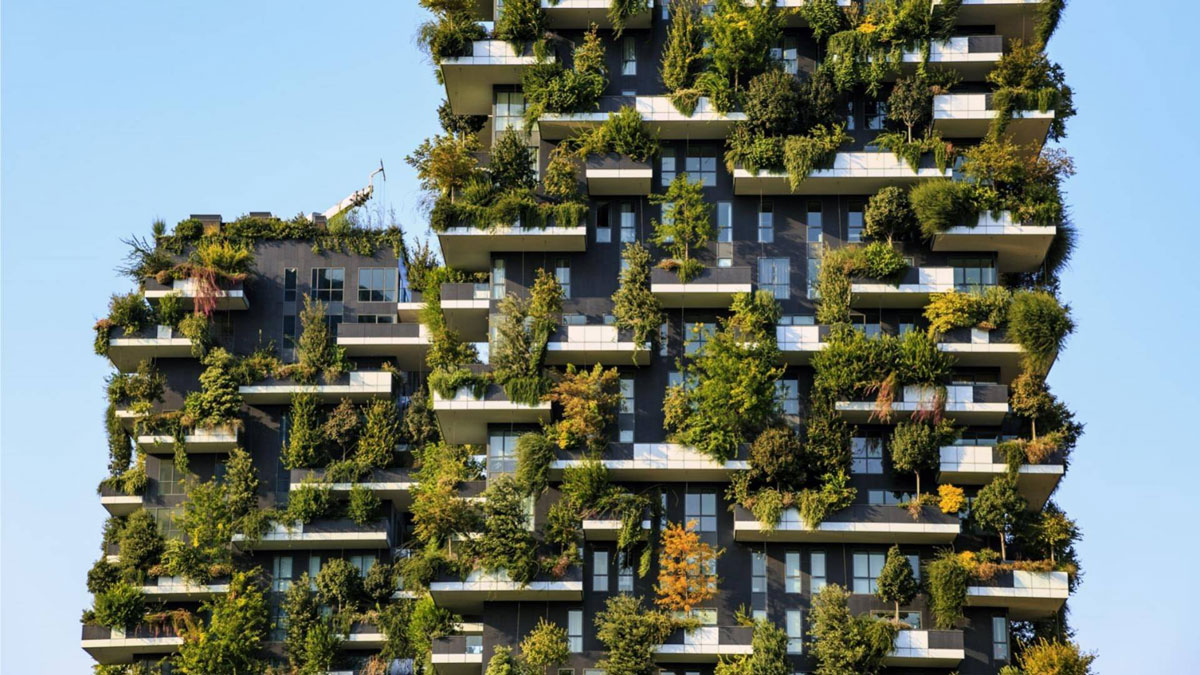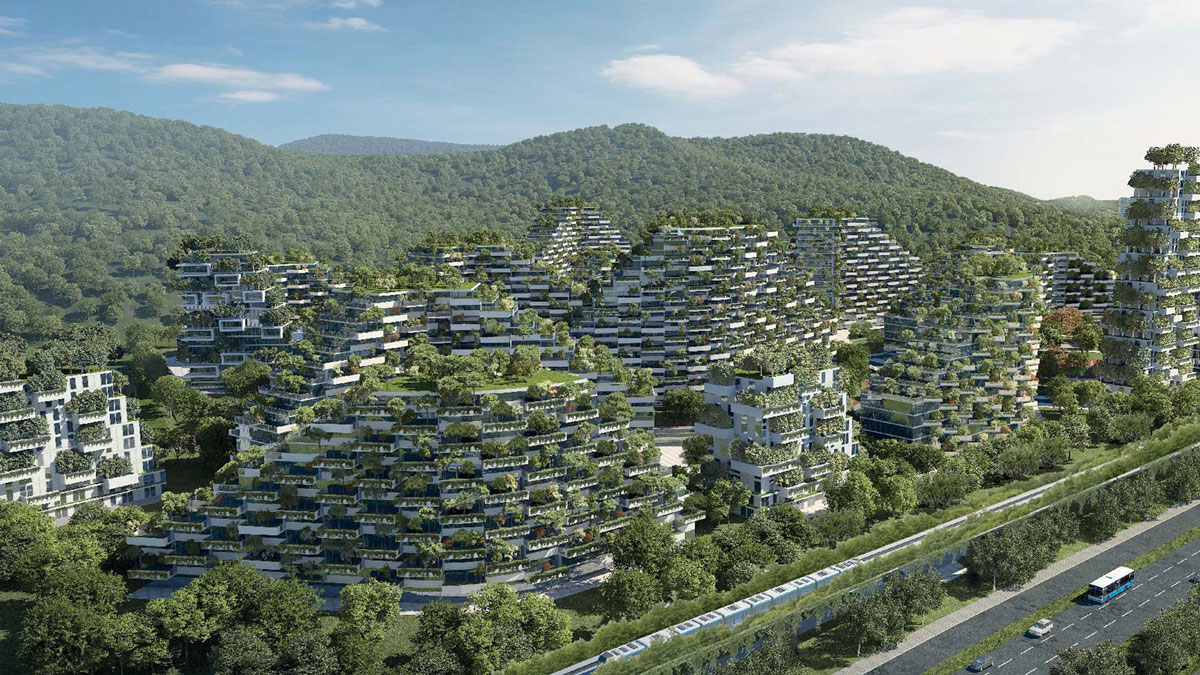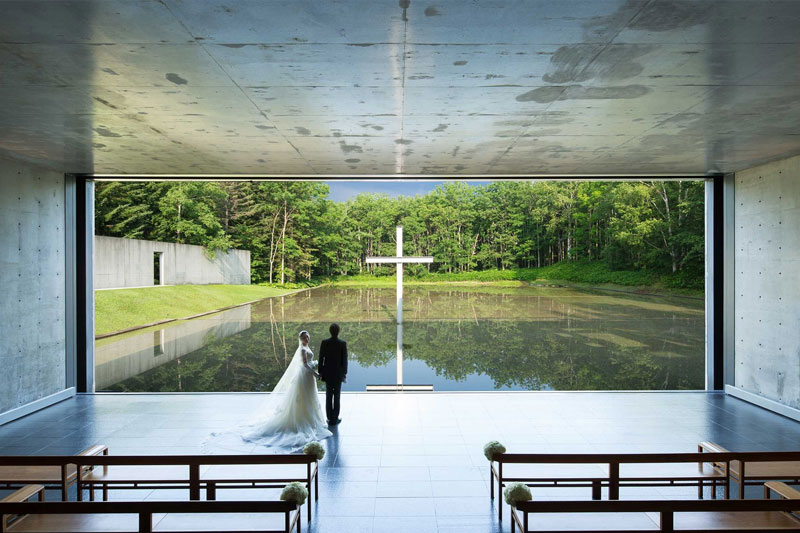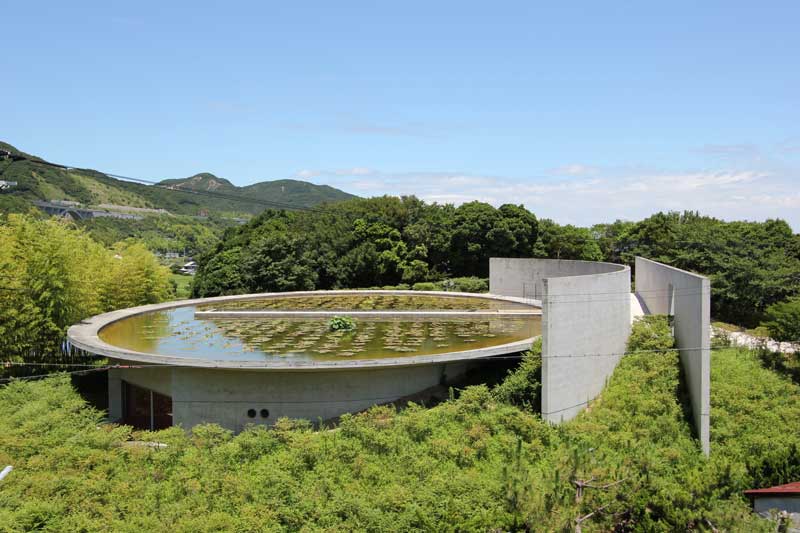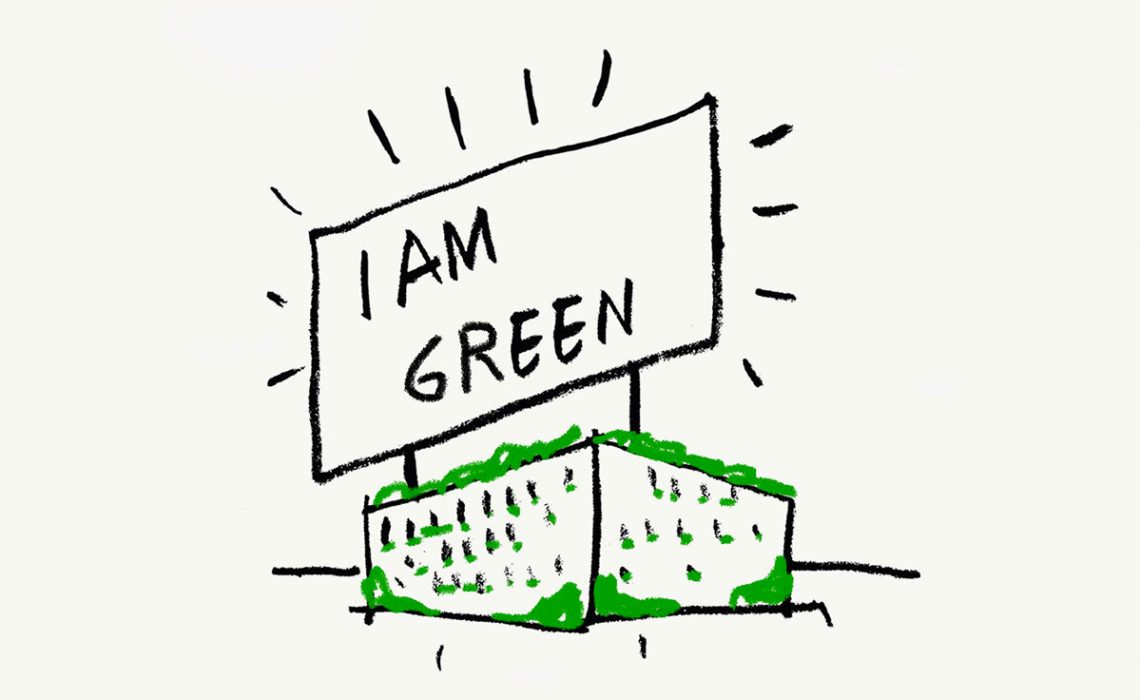
If the security you need lies in showing your green soul, architecture can only exhibit it in first person (or maybe not?)
The charm of green
We all agree that the word “green” is increasingly in use in recent years, having become a real slogan behind which an individual, an appliance company or a real estate agency, searches to show the explicit and apparently profound adherence to what seems to be the trend of the new millennium.
Perhaps one of the reasons why we are increasingly attracted to this “new” trend is probably the fact that we want to be part of that (increasingly large) group of cool and trendy people who somehow, thanks to the nickname of “Eco friendly”, earn a respectable place on that pedestal of the “good people” who appear as unequivocal models to imitate. Hence, like any other trend, it presents and manifests itself in different areas and different forms and disciplines in a transversal way, to the point of becoming a coveted label that seems to imply the phrase: “yes, we too are in step with the times and we care a lot about our planet ”.
Green in architecture today
Even the architecture could not resist the charm of the green, which is presented most of the time, however, in the form of a real estate agency slogan or, even worse, with an alphabetic letter whose purpose is to indicate the degree of impact that the building has on the environment, cataloging it under a specific band that is based solely and exclusively on its performance data.
Other times, however, it is more or less wisely included physically in the project, as an integral part of it, giving life to spaces that sometimes dialogue with the building and at other times simply adorn it, embellish it, becoming the concrete manifestation of the slogans which are told, essential to create a certain appeal in today’s increasingly demanding clientele.
In the new architectures, it seems that the presence of green is increasingly treated in a superficial way. A striking example are the green buildings (of which people often talk about – in particular in Milan) which propose the same solutions (slightly declined depending on the place) that can be placed indiscriminately in various points of the globe, as if they were the “answer” to today’s environmental problems, excellent to replicate an infinite number of times and everywhere without considering the context that surrounds them.
Another idea of green
It, therefore, seems that the syndrome of “Green Paranoia” has finally found its infallible cure (at least this is the message that seems to be leaking), which however promotes an almost simplistic and superficial vision of the subject. A completely opposite interpretation, however, can be found in Eastern culture. Just think of the Japanese Zen gardens, a symbol of peace and harmony between man and nature, or some masterpieces of contemporary Japanese architecture such as the most famous works by Tadao Ando, in which a profound dialogue between artifice and nature is perceived as effective as it is silent capable of arousing in the visitor a strong sense of integration and respect for nature, without necessarily uprooting it and banging it on the facade of the building. In other words, the building-nature relationship turns out to be deeper and more elaborate, and precisely for this reason more effective and, in a certain sense, timeless.
Could this be the correct way to deal with the paranoia of the new millennium? To posterity the arduous sentence, but it is certainly true that, at least in the collective imagination, the trees on the facade of a building are really cool.
Samuele Barichello – Matteo Battiston
References:
– Luigi prestinenza Puglisi, La storia dell’architettura 1905-2018, 2019, Luca Sossella Editore
– La redazione di Domus, La natura al centro del progetto, 2019, Domus 1037, https://www.domusweb.it/it/speciali/guest-editor/winy-maas/gallery/2019/07/03/domus-1037- -in-edicola-funziona.html
– Corrado Tesauro, Smascherare il Greenwashing è il primo passo verso la vera sostenibilità, 2020, The Vision, https://thevision.com/habitat/greenwashing-pianeta-sostenibilita/
